Love Italian food? Use your backyard, your balcony or your large garden plot to grow your own Italian kitchen garden. Forget about sad supermarket produce or boring vegetable varieties, and enjoy home-grown vegetables and herbs that are traditional to great Italian cooking.

Jump to: What Is an Italian Kitchen Garden? | What To Plant In an Italian Kitchen Garden
This post may contain affiliate links. As an Amazon Associate, I also earn from qualifying purchases. You can read our disclosure information here–
What Is an Italian Kitchen Garden?
In the Mediterranean, including Italy, growing your own produce is much more a way of life than it is here in the USA.
Even in the Mediterranean urban areas, you’ll see small balconies crammed full of potted herbs, dwarf tomato plants, and small citrus trees!
It’s not surprising the Italians are so fond of their kitchen gardens (called l’orto). Cooking and eating together is a big part of Italian culture, and every nonna knows that homegrown veggies are far superior to watery supermarket tomatoes and sad wrinkled peppers imported from halfway across the world.
Although folks originally grew their ortos to save money and be able to provide for their family, nowadays it has become a way to maintain a much-needed connection with nature. Few things can beat walking outside and being able to pick the most amazing tomatoes from a plant that YOU grew.
So let’s get started, shall we? Below, I’ll outline 12 essential herbs and veggies to grow in your Italian kitchen garden if you want to be able to cook delicious Italian food year-round.
12 Essential Herbs and Vegetables for Italian Garden
Below is a list of the vegetables and herbs essential to cooking great Italian dishes from the garden.
If you are interested in growing your own Italian vegetables, check out this detailed guide for designing an Italian kitchen garden.
Tomatoes
I don’t think I have to explain this one. Your passata sauce, caprese salad and bruschettas will never taste better than they do with robust Italian tomato varieties.
Obviously, there are endless Italian tomato varieties out there. Here are a few of my favorite ones that cover the different uses of tomatoes:
- San Marzano: for making sauces
- Principe Borghese: for drying
- Costoluto: for slicing and sandwiches
- Cuore di Bue (Oxheart): for salads and roasting
- Piennolo: cherry tomato, for winter storage
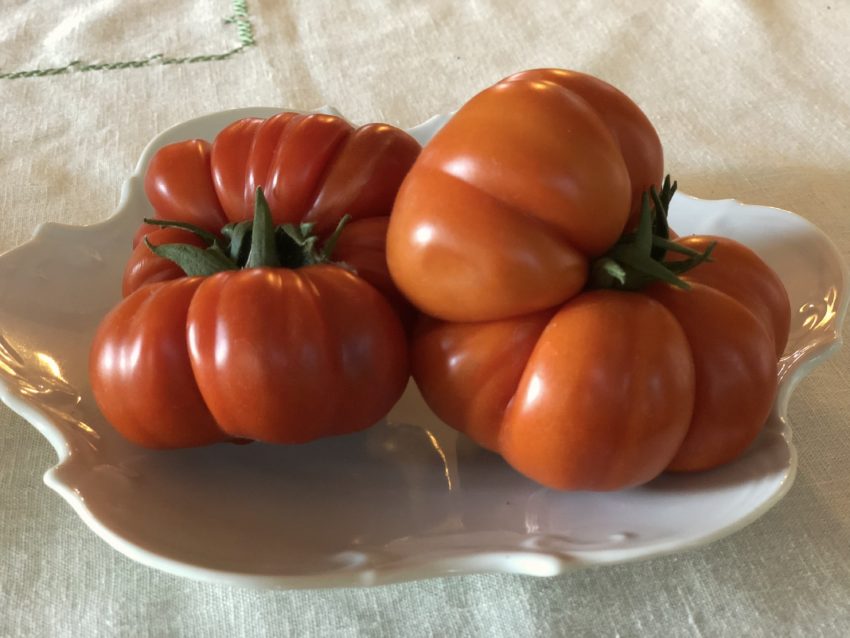
Squash
Squash is a staple in Italian cooking. Squash soup, squash risotto, squash-flavored gnocchi, fried or stuffed zucchini flowers… you can’t leave it out of your Italian kitchen garden.
For year-round squash enjoyment, try combining the following:
- Summer squash: also known as zucchini. Try ‘Cocozelle’
- Winter squash: try ‘Piena di Napoli’, a huge variety similar to butternut squash
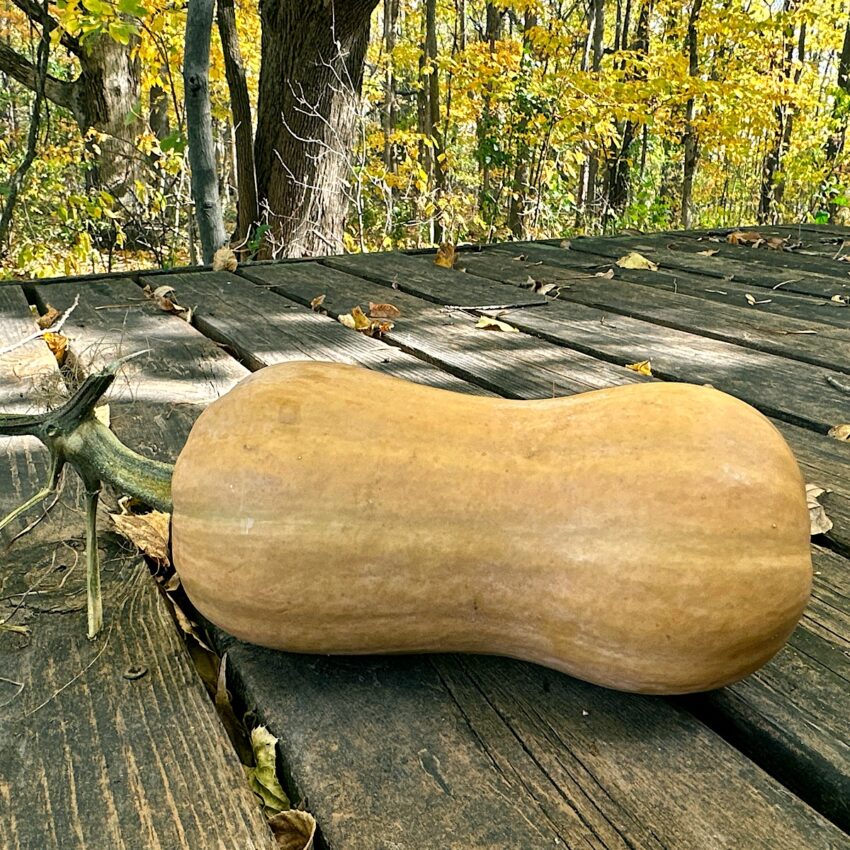
Beans
If I say “Italy”, you’re probably not necessarily going to reply with “beans!”. And yet, a big part of Italian cuisine consists of old farmers’ dishes, which needed to be cheap and nutritious. As such, it’s really not that surprising that classics such as pasta e fagioli (bean and pasta soup) and minestrone go so heavy on the legumes.
There are loads of Italian bean varieties to try, but here are a few of my favorites:
- Italian flat beans: great for sautéing. Try ‘Roma II’ for a bush variety.
- Cannellini beans: for your bean stews! Try ‘Impero Bianco’
- Borlotto beans: also called cranberry beans, these are white with pink speckles. Try ‘Borlotto di Vigevano’
- Fava beans: wonderful in salads. Try ‘Sciabola Verde’
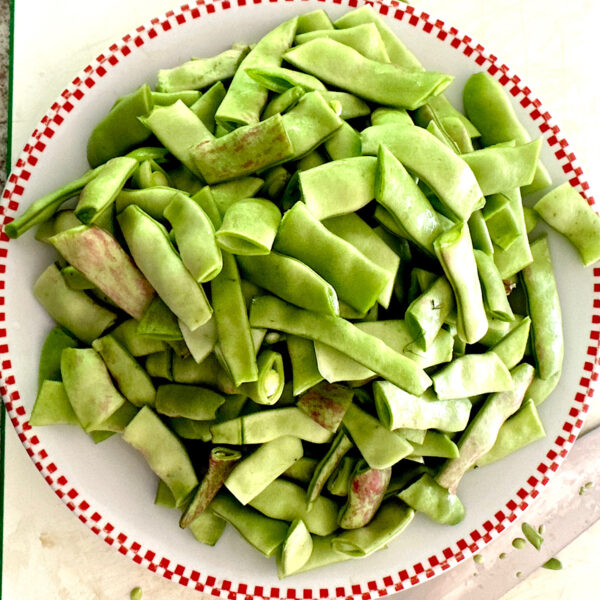
Chicory
Chicory, another name for edible plants in the Cichorium genus, is used in Italian salads, soups, and even pasta. It’s often paired with beans, so I definitely recommend growing both!
The two most popular choices are:
- Radicchio: reddish in color with a bitter flavor. Great for roasting! Try a variety called ‘Perseo’.
- Escarole: also known as broadleaf endive. Great for sautéing.

Peppers
It’s peperonata time! This delicious sweet bell pepper stew with tomato is a classic Italian dish and a great example of why they’re so fond of peppers. Serve it as a side dish or or with some quality pasta.
Sweet peppers to grow in your Italian kitchen garden include:
- Marconi: very sweet with thin skin. Great for grilling.
- Carmen: a type of “corno di toro” or bull horn pepper. Perfect for stuffing.

Tip: If you like spicy peppers, try growing a cherry variety sold as peperone piccante calabrese. They’re perfect for stuffing with cream cheese as an appetizer (peperoncini ripieni—usually canned in oil).
Eggplant
Called melanzane in Italian, eggplant is an absolute classic. Who hasn’t heard of eggplant parm or pasta alla norma? This vegetable is silky and fantastic at soaking up flavor.
Italians have produced loads of different eggplant varieties:
- Violetta di Firenze: round purple fruits
- Lunga di Napoli: elongated and purple
- Rotonda Bianca Sfumata di Rosa: it’s a mouthful, but it means “round white tinged with pink” and that’s pretty accurate!

Kale
Some Italian regions get very chilly in winter, and that calls for soups and stews! In Tuscany in particular, an unusual type of kale called Cavolo Nero (also called lacinato kale) is a staple for the cold months.
Try kale in minestrone, sausage and bean stew, or a classic peasant dish called ribollita.

Broccoli
Another great veggie typically enjoyed in Italy during the fall and winter months is broccoli. Pasta with broccoli (often with sausage) is a common cold weather comfort food, as is hearty broccoli soup (often with potato).
There are a few great Italian broccoli varieties to choose from:
- Calabrese: “regular” broccoli, which originated in Calabria, South Italy
- Di Cicco: produces a lot of small heads
- Di Rapa Novantina: a type of broccoli rabe, great for sautéing
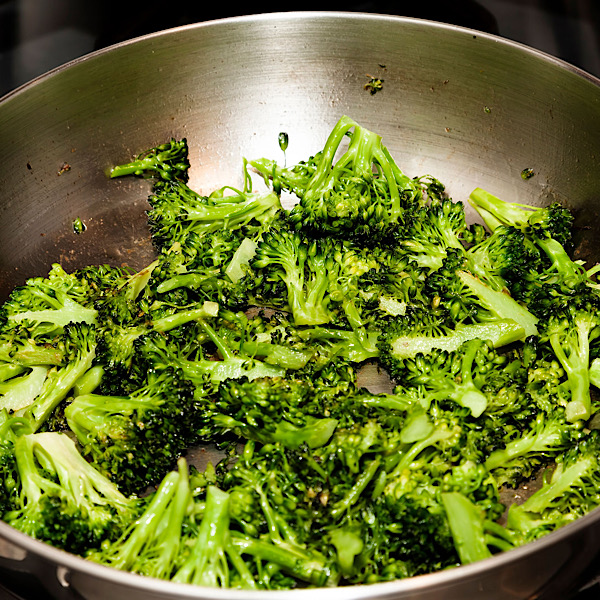
Onion
As in many cuisines, onions form the base for many Italian dishes. So many sauces, soups and stews start with the classic soffrito trio: onion, carrot, and celery.
You can’t miss some good onions in your Italian kitchen garden:
- Rossa Lunga de Firenze: an unusual elongated purple onion of particular sweetness
- Dorata di Parma: a fantastic yellow staple onion that stores very well
- Scallions: although these don’t really have a specific name, purple Italian scallions (cipollotti rossi) are fantastic
Lettuce
Although it isn’t really the “star” of any traditional dishes, Italians absolutely eat and love lettuce. (Side) salads and sandwiches almost always include it, and some of the most well-known lettuce types are actually Italian in origin.
You can try:
- Romaine lettuce: it’s called that as a reference to Rome, through which it first reached the rest of Europe from the Middle East. Try ‘Romana Bionda’ for your Caesar salads.
- Lollo lettuces: these super-ruffly Italian varieties come in red-and-green (‘Lollo Rosso’) and crisp green (‘Lollo Bionda’).
- Butterhead lettuce: known for its very tender texture. Try the red-tipped ‘Quatro Staggioni’.
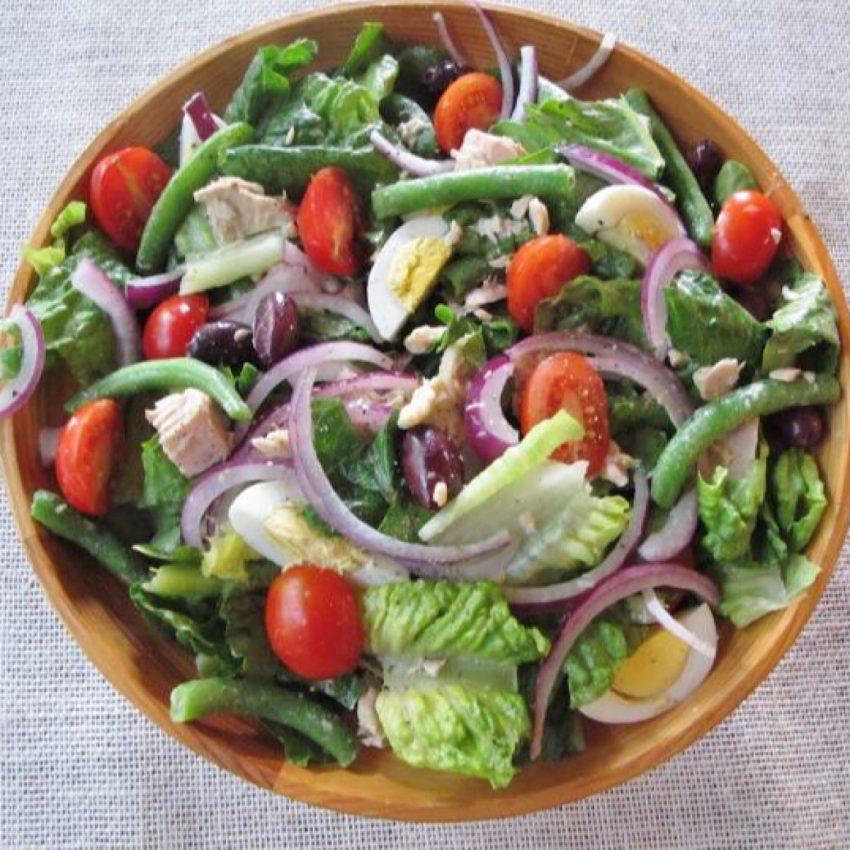
Herbs
What’s an Italian kitchen garden without oregano? Or basil? Many Italian herbs are easy to grow, so don’t forget to plant them alongside the vegetables.
I recommend:
- Fennel: used in soups, salads, and more. Try Florentine fennel (finoccio di Firenze) or the smaller ‘Zefa Fino’.
- Flat leaf parsley: essential for gremolata, Italy’s answer to chimichurri! You can try ‘Gigante di Napoli’, which is considered particularly tasty.
- Basil: a caprese salad tastes a million times better with homegrown basil (and tomatoes—see the top of this post). Try ‘Genovese’, which is the classic sweet basil variety you’re probably used to.
- Leaf celery: native to the Mediterranean, herby-tasting leaf celery is used to add depth to soups, stews, and other hearty dishes.
- Oregano: typically used in Southern Italian cooking in any dish with tomatoes or with olive oil. What would your sauces or Neopolitan pizzas be without it?
Container plants
In Italy, it’s standard to see a jumble of pretty containers with edible plants all over people’s gardens, balconies, and decks. Plants in pots can easily be moved around and make a particularly good option for the smaller Italian kitchen garden.
Try the following:
- Bay tree
- Citrus trees (especially lemon)
- Rosemary
- Lavender
- Olive tree
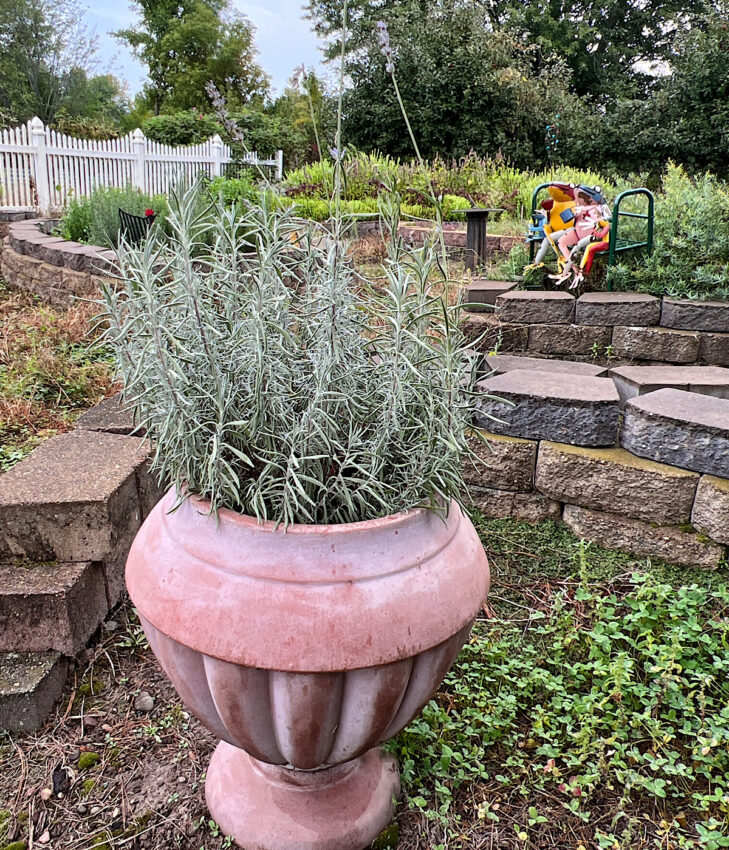
Aside from these, many of the veggies and herbs discussed above can also be grown in containers. Tomatoes, peppers, and many Italian herbs adapt wonderfully to the potted life.
For a fruity note, you can also easily grow strawberries in containers. They are featuredin many Italian desserts. I particularly like fragole al vino, a simple dish of strawberries macerated in red wine with sugar. Or maybe strawberry tiramisu?
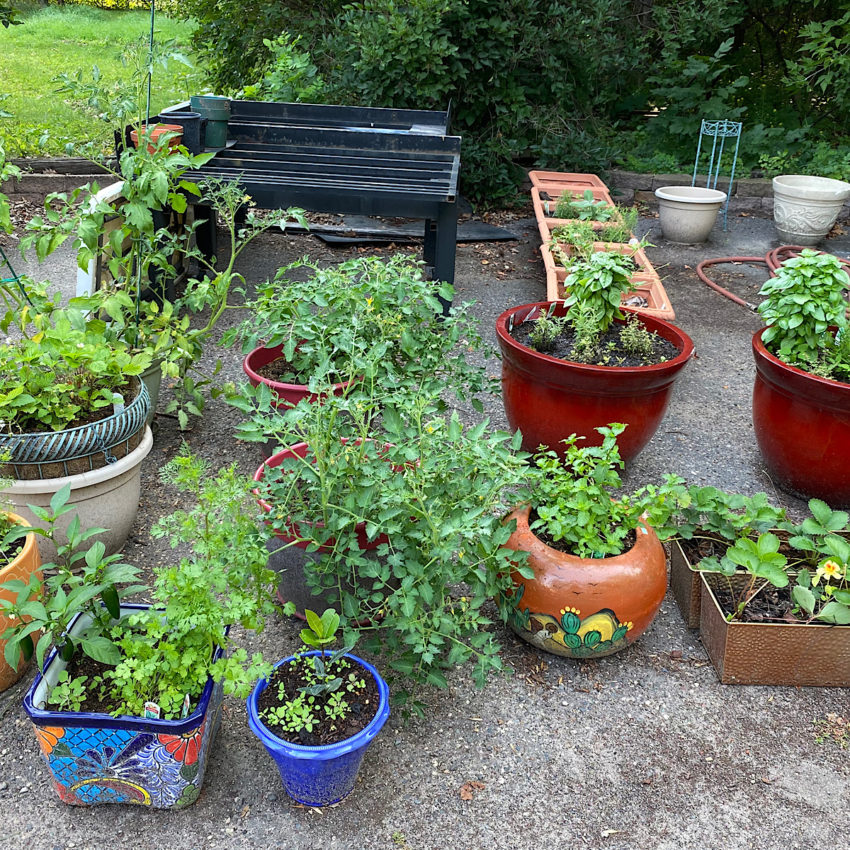
If you like my articles about cooking and gardening, subscribe to my weekly newsletter, where I share free recipes and gardening tutorials.

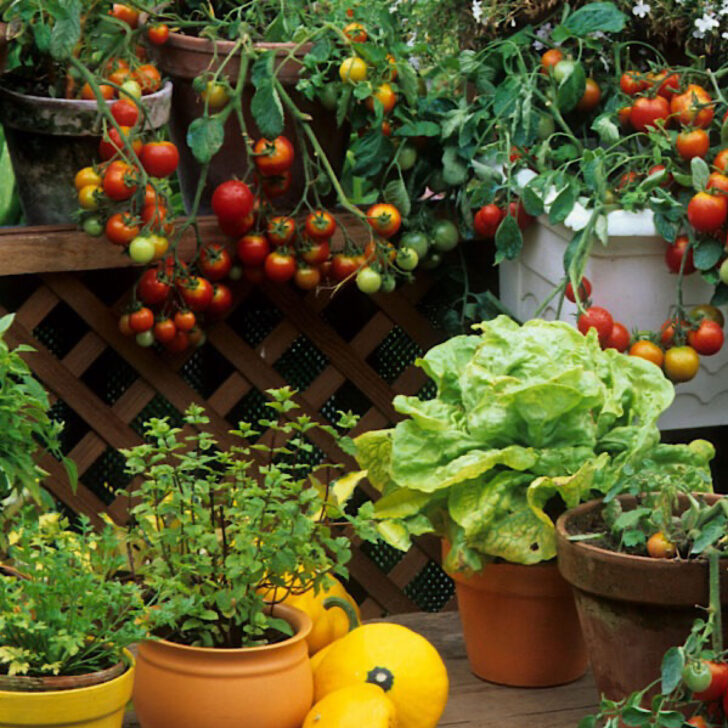

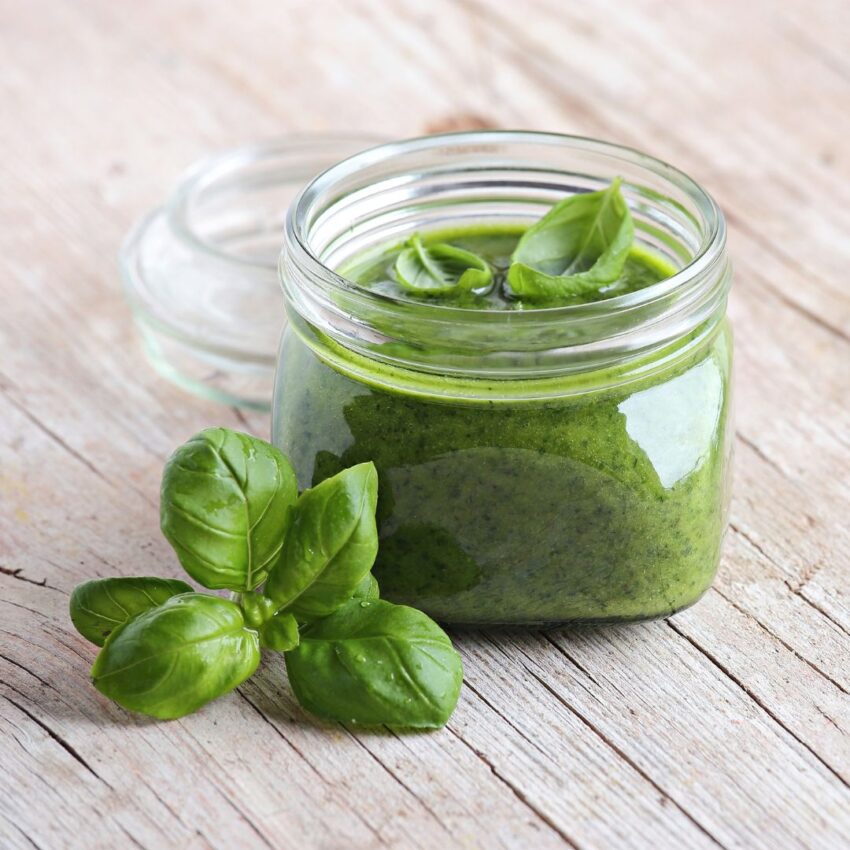
Wow! What an extensive article to motivate us the beginning of January!
Grazie Mille!
If I could speak Italian I would say “you’re welcome, and I hope it is useful to you”. Thanks for commenting!